Assessing the Risks and Opportunities for Species in England as a Result of Climate Change
Garden tiger moths. These species may be vulnerable to warmer, wetter winters,
.reducing survival rates.
Comma butterfly. Most butterflies in the UK are likely to benefit as a result of
warming.
Golden Plover. Northern and upland species may be amongst those most
vulnerable to future climate change.
Climate change will increasingly affect how conservation organisations work to protect and restore species and habitats (Heller & Zavaleta 2009). Some species which are currently threatened may benefit from climate change, whilst others not currently of conservation concern may face new threats. It is therefore important to consider how climate change may affect future conservation priorities. We do this using the framework of Thomas et al. (2010) to consider the risks and benefits that climate change poses to over 4,000 English species from across a range of taxa, including plants, birds and a range of invertebrates.
Bioclimatic models, which describe the distribution of each species in relation to climate, are used to assess likely changes in distribution in response to scenarios of 2°C and 4°C global climate change. In the framework, projections are then validated against recent observations of change, whilst also considering potential exacerbating factors, such as habitat limitations or interactions with other species. This process leads to a robust assessment of the risks of declines within the current range of a species, balanced against the potential for colonisation of new range areas.
The work will output a list of species likely to be at high risk of climate-related decline and species likely to benefit from climate change, allowing conservation action to be prioritised accordingly. Outputs can also be used to broadly identify the types of adaptation action which different species may require (e.g. increased habitat availability in future range, in situ conservation in current range). For a subset of species, a second decision framework to help identify the most appropriate actions will be applied (Oliver et al. 2012), and combined with knowledge about species ecology and requirements in order to provide detailed management guidance for practitioners.
References
Heller, N.E. & Zavaleta, E.S. (2009) Biodiversity management in the face of climate change: a review of 22 years of recommendations. Biological Conservation, 142, 14-32.
Oliver, T.H., Smithers, R.J., Bailey, S., Walsmsley, C.A. & Watts, K. (2012) A decision framework for considering climate change adaptation in biodiversity conservation planning. Journal of Applied Ecology, 49, 1247-1255.
Thomas, C.D., Hill, J.K., Anderson, B.J. et al. (2010) A framework for assessing threats and benefits to species responding to climate change. Methods in Ecology and Evolution, 2, 125–142.
This is a collaborative project led by BTO but also involving RSPB, The York Environmental Sustainability Institute and CEH, with a range of additional partners providing additional advice. It is funded by Natural England.

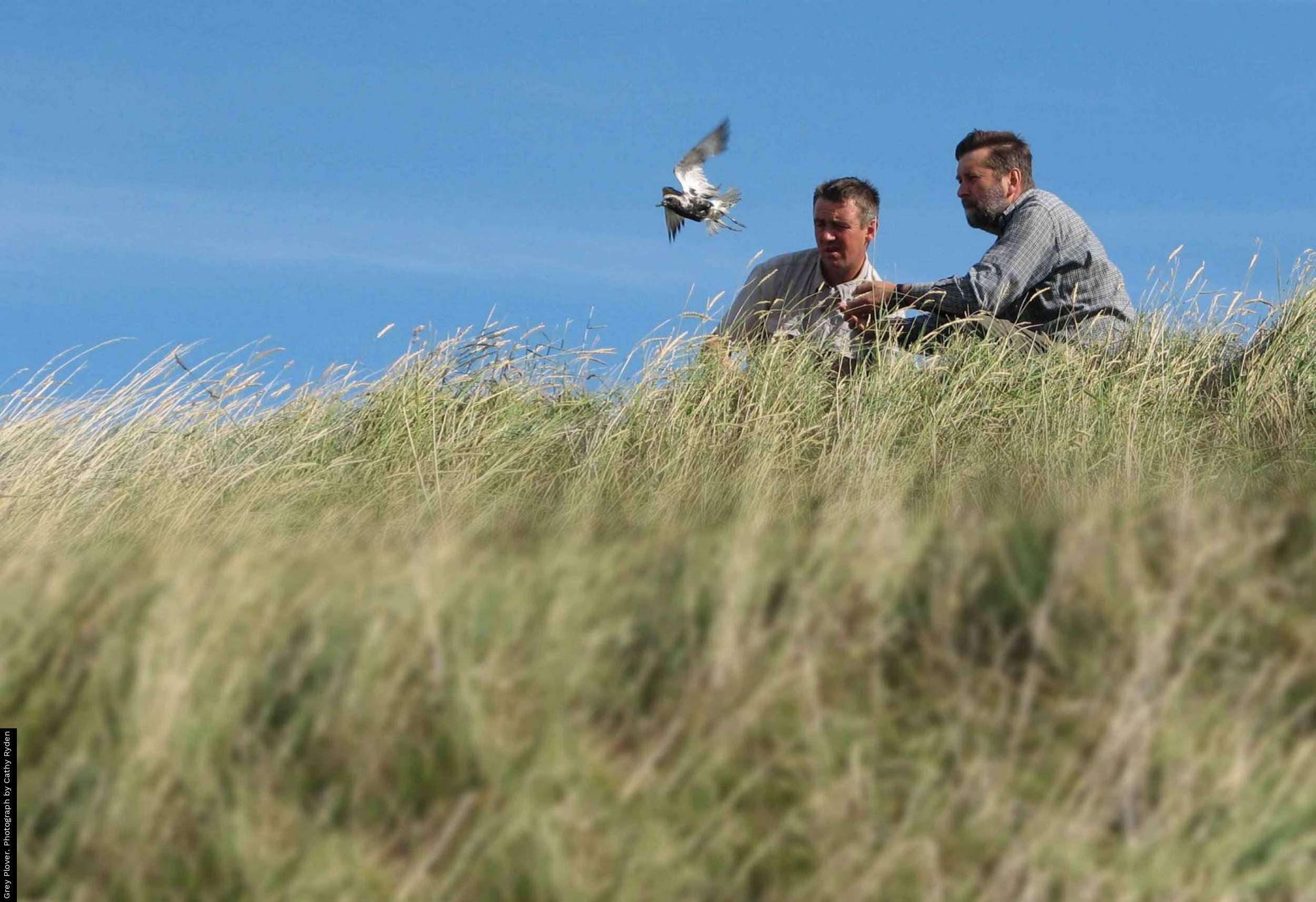
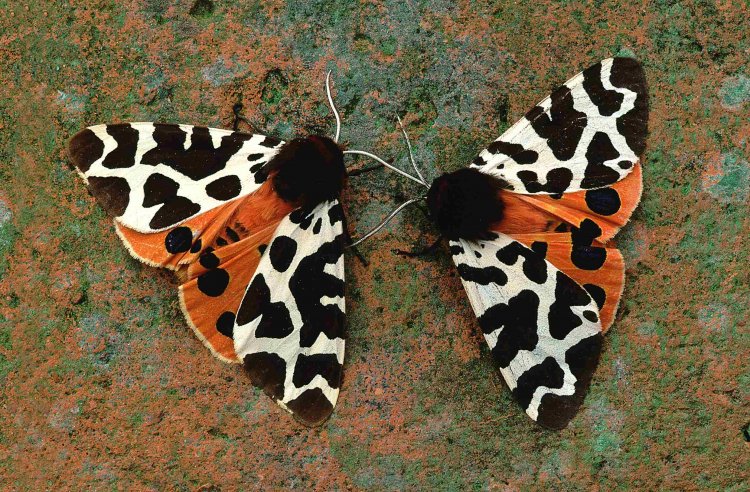
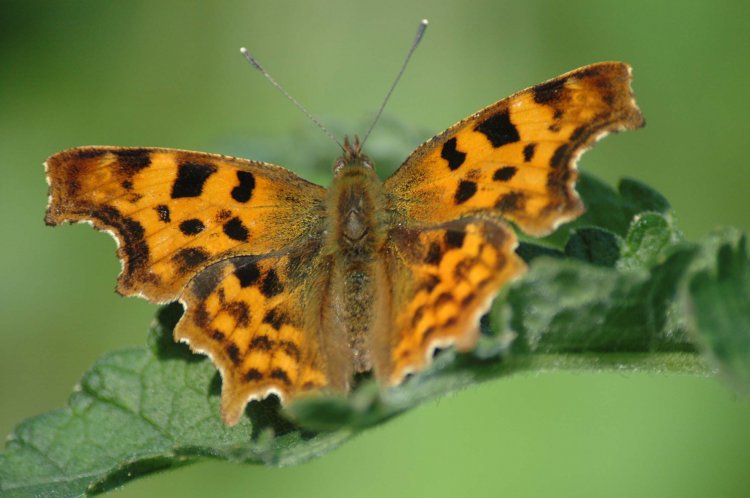
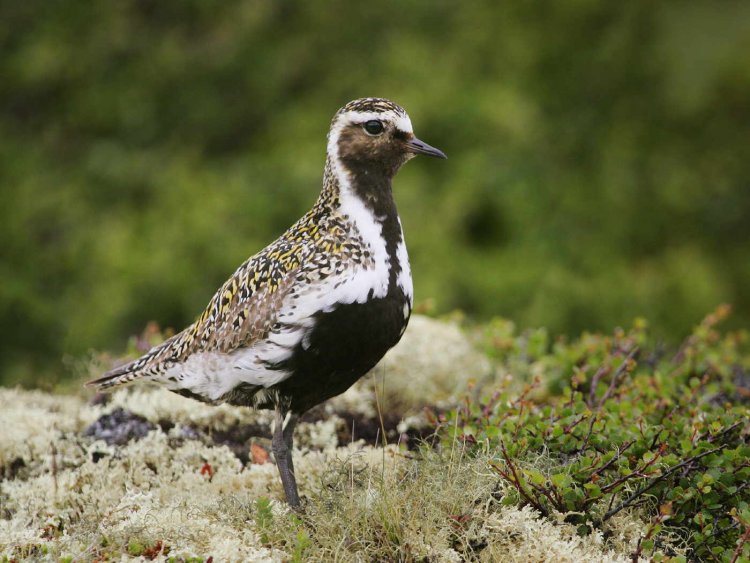

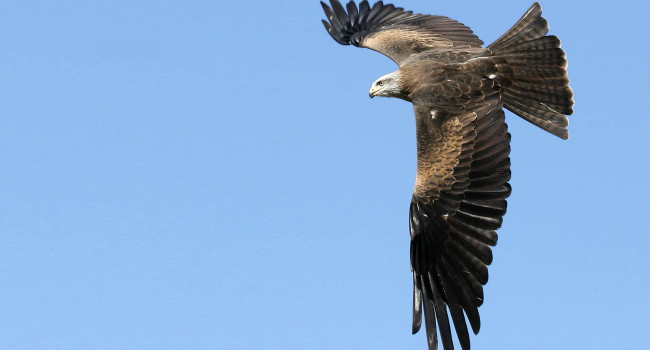
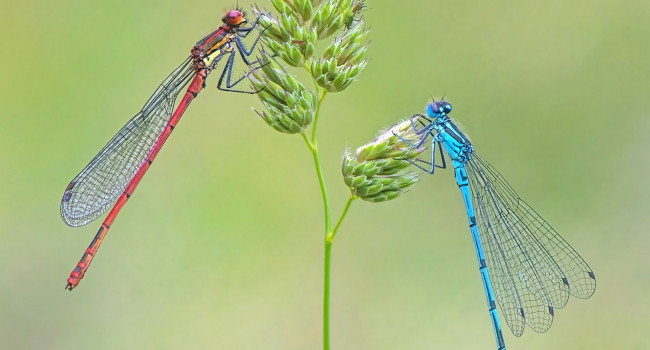

Share this page